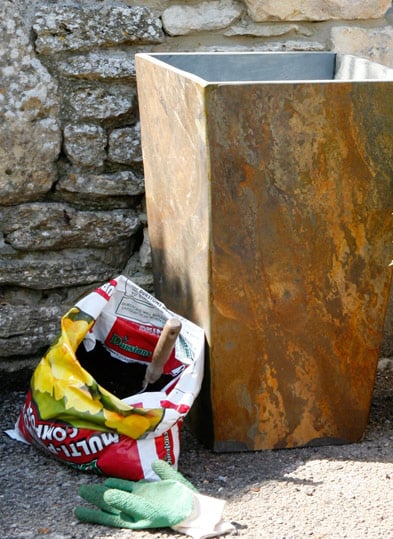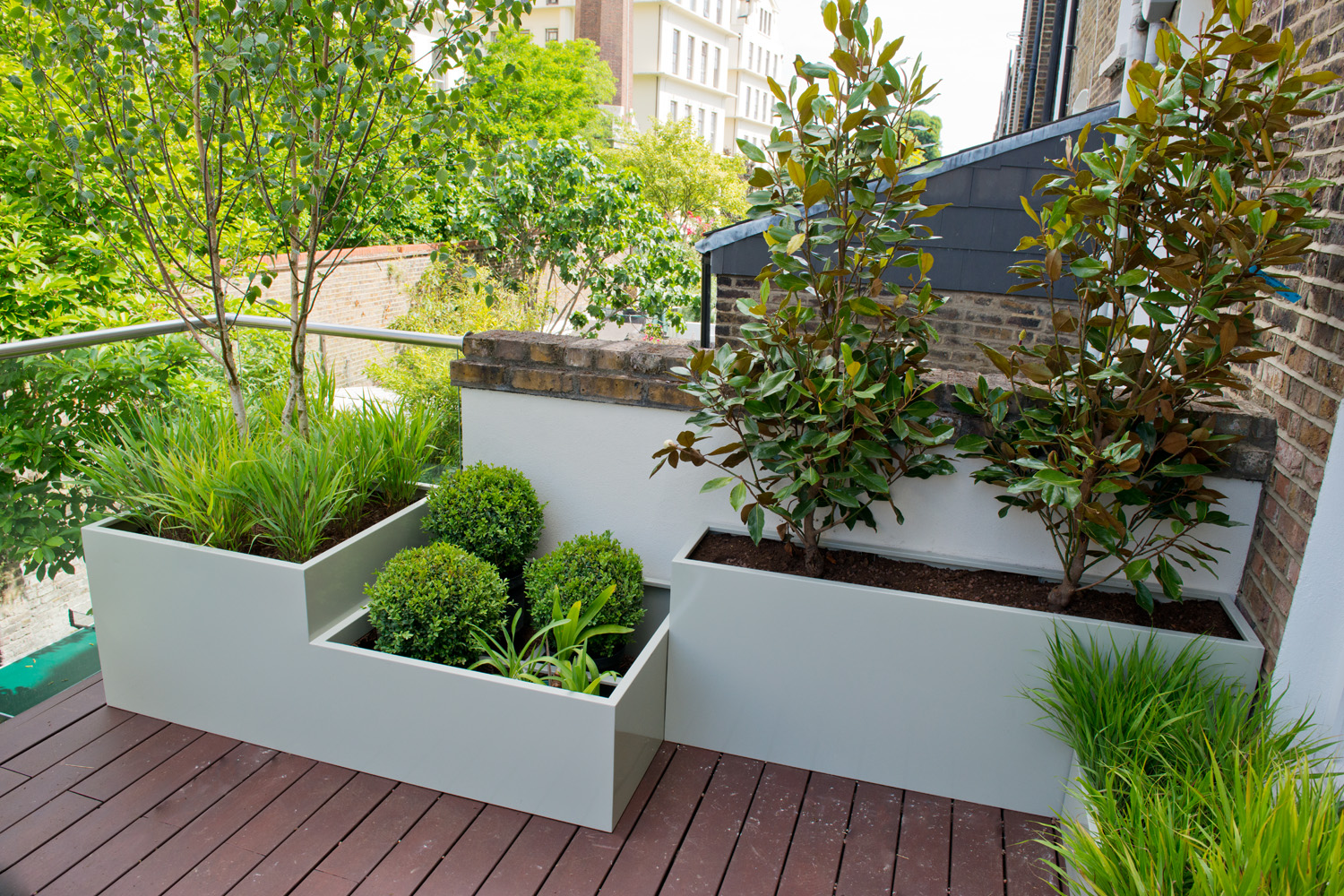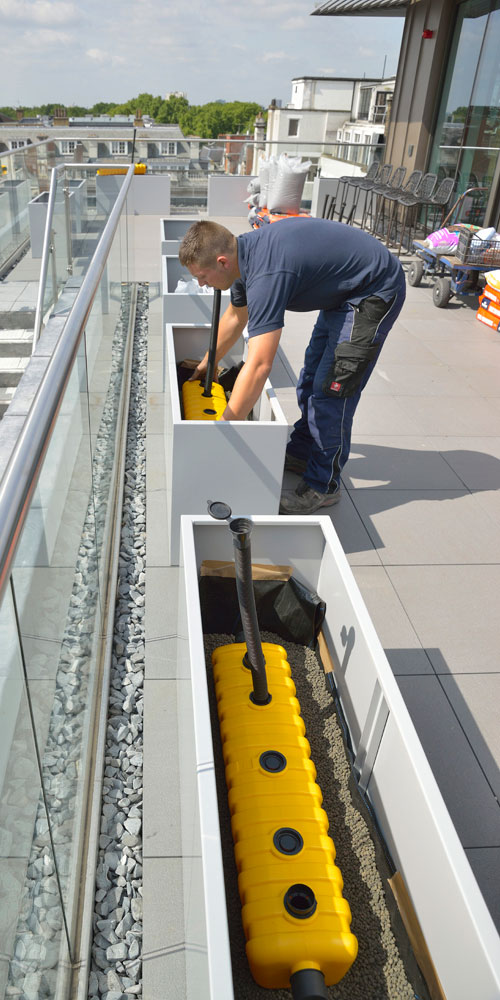The potted plant industry has expanded significantly over the past 20 years. Potted plants are now readily available in not only nurseries, but virtually every major retail store as well.
That being said, retailers and nurseries alike are in constant competition to produce the lushest and highest quality plants possible. This is great news for consumers but responsibility falls on both retailers and growers to ensure a regular supply of a growth medium that will support vigorous and effective plant growth. This makes choosing the right planting medium an essential component in growing and maintaining healthy plants.

Garden soils vary from place to place. Most however, make poor container growing mediums as they wet slowly, drain poorly and retain very little air. They tend to bake hard in the summer and get waterlogged in the winter.
As the volume of growing medium available to a plant is less in a container than if it were grown in the ground, a material with higher air and water holding capacity is needed. While some soils can be mixed with other substrates to improve them, in most cases a planting mix without soil will prove more satisfactory for most planting.
The advantage of soil-less mediums is that they are light, wet thoroughly, and drain quickly. They should retain moisture but have plenty of air spaces for root activity, and yet be dense enough to hold roots in place. A further advantage is that they are weed-free, and without soil pests and diseases which often plague those maintaining large trough planters.
Compost is a term commonly used to describe any material used to grow plants in containers. Technically, however, a ‘compost’ is the product of a decomposition process, so a peat or bark-based growing medium is not really a compost although they might be given that name.
Most Multi-purpose composts are made from a blend of peat with other materials, such as bark or green compost. They also contain lime and some fertiliser so the pH and nutrient levels are suitable for a wide range of plants.
The most common base material used for such composts is sphagnum peat as it has a very high moisture holding capacity (up to 10 times its dry weight). It is also very stable, and breaks down very slowly. Peat, however, is a fairly limited resource that is often protected in many areas on nature conservation grounds. It is not considered sustainable to continue to harvest peat at current levels, and the amount of peat included in composts is set to fall in order to meet government targets. There is now an ever-increasing range of peat-free growing media on the market.

Peat-free potting composts contain mixtures of organic materials – e.g. composted bark, coir (coconut fibre), woodfibre and green compost (from local authority and private green waste collection schemes). This is mixed with inorganic materials such as grit, sharp sand, rock wool and perlite. Most have wood-based materials as their primary ingredient. A mix of coarse and fine particles is needed to create a balanced compost containing enough water and air, which are essential for root growth.
Completely peat-free media are said to be the best choice for the environment, but product consistency can be problematic, so many brands also offer ‘reduced-peat’ choices, blending into the formulation up to 50 percent non-peat materials.

Where containers are to be re-planted seasonally, it is recommended to use a particularly light peat-free mix, which makes digging out the spent plants and replacing them an easy job. For bedding plants a good amount of slow release fertiliser should be added to the mix to support flowering, along with water-retaining granules which will help to maintain moisture in the soil and somewhat reduce the frequency of watering that is required.
In larger planters where the planting is long-term and plants will form an established root system, a heavier loam –based (loam is sand, silt and clay) compost can be used to give the roots greater stability. The planter can be top-dressed with fertiliser at intervals, and after a year or two the top 5cm of compost can be scraped off and replaced with a fresh compost and fertiliser mix.
Watering is always a major consideration for commercial planter systems. Shrubs and trees in containers will of course dry out far more quickly than those growing in the ground. Often the overhanging foliage of plants in containers will shield the compost from the rain.
For easy maintenance, the best watering solution for long-term planting is often to use a reservoir irrigation system that sits within the planter and can regulate the water and nutrient delivery to the plants. This can be an individual reservoir for a smaller planter or a series of interconnected reservoirs for a larger one. Installation is straightforward, and can be done without specialist knowledge:
Contact IOTA T. 01934 522617